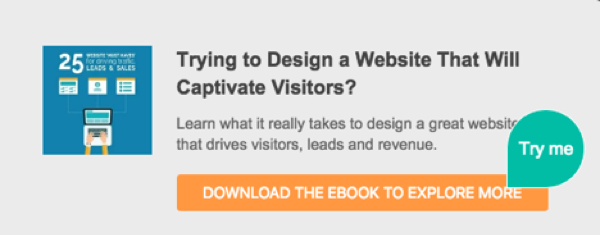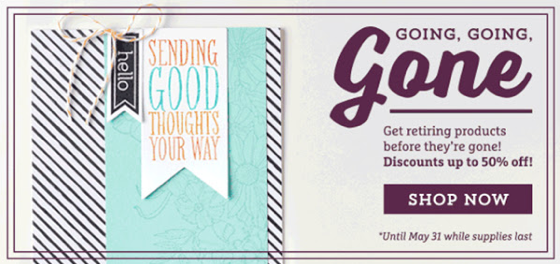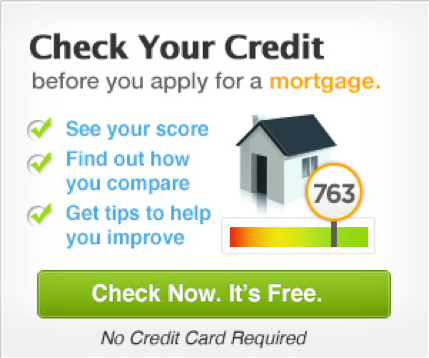![How to Create a Digital Marketing Budget [With Template]](https://img.shgstatic.com/clutch-static-prod/image/resize/715x400/s3fs-public/article/cbefcf801b6c486982d781482f9a654f.png)
![How to Create a Digital Marketing Budget [With Template]](https://img.shgstatic.com/clutch-static-prod/image/resize/715x400/s3fs-public/article/cbefcf801b6c486982d781482f9a654f.png)
Updated December 20, 2024
Learn how to increase your chances of capturing leads by creating calls-to-action that highlight benefits and offer incentives.
Every piece of content, online ad, and webpage you produce should end with a call-to-action (CTA). Without a CTA, your audience won't know what you want them to do – and assuming they'll figure it out risks wasting the effort you put into attracting leads in the first place.
The goal of your CTA is to get your lead to perform a specific action, whether it's contacting you directly or providing their email address.
Looking for a Digital Marketing agency?
Compare our list of top Digital Marketing companies near you
In my role at Stevens & Tate Marketing as Internet Marketing Director, I’ve created countless CTAs for our clients and used A/B testing and analytics to identify the elements of a successful CTA. You can use this article to learn how you can craft effective CTAs for your business.
There are 9 elements that effective CTA’s share:
Command verbs incite readers to take action.
Command verbs give clear directions. For example, "buy," "download," "get," or "call," are all clear and concise verbs that tell the reader what you want them to do.

Command words provide direction to the reader so that they know exactly what their next steps should be.
An enthusiastic or emotional tone will help audiences connect with your CTA.
A CTA like "call us for more information," is a bit on the bland side. Your audience will know what you want from them, but they won't feel particularly bothered to follow your instructions.
If you're able to generate enthusiasm, however, your audience will be more likely to connect with you and what you're telling them on an emotional level. For example, using sentences that generate excitement, such as "save money now!" or "seize these special savings.”
You can also use sentences that generate excitement or emotion. For example, a real estate agent’s CTA might be "Let us help you find your dream house today!"

The enthusiasm and emotion you show will carry over, making it more likely that your audience will click on your link.
Even something as simple as using an exclamation point can help to drive home an enthusiastic feeling.
Using enthusiasm or emotion helps audiences engage with what you have to say, spurring them to take action.
Give your audience an incentive to click on your CTA.
Whenever you try to persuade someone to do something, they will generally want to know what's in it for them. Why exactly should they click your link or contact you now? Telling them what to do in an enthusiastic manner will only get you so far. To really encourage your audience to follow your CTA, you need to provide an incentive.
Give your audience a reason to click on your CTA link by offering free resources such as an eBook, whitepaper, or estimate for your services. Incentives such as these give audiences a reason to follow your CTA.
Below, an offer to download an ebook uses an eye-catching red button and command verb to generate more leads.

For most ebook downloads, users are required to submit their email address, which you can later use to share more information about your company’s products and services.
The stronger your incentive is, the more likely you are to convince audiences to take action.
Use limited offers or implement a time limit to instill a fear of missing out (FOMO).
Believe it or not, FOMO is a very real feeling. Sometimes, your audience might find your CTA convincing enough – they may even be intrigued by what you're offering. But they may decide to return to it later, rather than taking immediate action.
The moment that someone leaves your CTA, they're likely to forget all about it, even if they were interested before.
In these situations, you can leverage FOMO to convince your audience that they can’t delay taking action. Offer your incentive for a limited time and use wording that emphasizes what your audience would lose by waiting too long to take action.
Leveraging FOMO drives conversions because your audience won't want to miss out on the opportunity you're offering. The most obvious advertising example is "Buy now, while supplies last." You could also limit how many eBook downloads you're giving out for free or provide a date when your downloadable promotional code will expire.
For example, one company offered 50% through May 31 or "while supplies last."

This CTA gives an end date as well as a sense of urgency that will persuade users to act right away.
By imposing a limited number of offerings or by having a deadline, you can use FOMO to persuade audiences to take immediate action.
Numbers draw readers' eyes and serve as a compelling way to highlight the benefits of your offer.
In a page full of text, numbers tend to stick out. Not only will they draw the eye, but they tend to give information that audiences want, such as phone numbers, prices, or benefits. For example, "lose 5 pounds in 2 weeks," or "save 50 percent off in September."
Audiences will immediately see what the potential benefit of acting on your CTA is because numbers stand out.
Use phrases that help reduce the risk your audience might associate with CTAs.
Many people hesitate before clicking a CTA because they don’t completely trust companies. For example, they might be scared of getting tricked into signing up for a service that they have to pay for.
Because of this, you should use reassuring terms that reduce the sense of risk involved in clicking a CTA. For example, terms like "no obligation," "risk-free," or "free trial" can soothe your audience’s fears.
Reassuring phrases will make your audience less hesitant to provide their personal information, redeem an incentive, or otherwise engage with your CTA.
Use words that create urgency.
While appealing to an audience's natural feeling of FOMO can be very effective, it's not always possible. You may just want your audience to redeem a free consultation that will always be free, no matter when they call.
Still, you should want your audience to take action right away or they may forget about your CTA.
Words such as "now" and "today" encourage audiences to take immediate action instead of waiting or putting it off until later, even if you can’t create a sense of FOMO with your offer.
Words that instill a sense of urgency will help convince your audience to take immediate action.
Tell your audience why they should follow your CTA.
Highlighting your CTA’s benefits is a bit different than providing an incentive. If you offer an incentive, you will still need to highlight its benefits by telling your audience what they will get out of redeeming the incentive.
For example, imagine that you are offering a free consultation. What is the exact benefit of your free consultation? A free consultation could still be worthless if it doesn’t solve a problem or provide a benefit.
Language such as "learn how you can qualify for a mortgage by calling us for a free consultation today" can help you highlight the benefits of the incentive you are offering.
The ad below includes three commands that persuade users to check their credit score.

You will want to give your audience a reason to take advantage of your incentive. Emphasizing that your offer is free helps to motivate users.
Without helping your audience understand your CTA’s benefits, they will have little reason to follow through.
Promise to provide your incentive right away.
Your audience will be very disappointed if you convince them to take action right away without providing instant gratification.
For example, if you offer a discount code in return for signing up for your email newsletter, you can't just say "you will receive a discount code next week " once they've opted in. You should provide the discount code right away.
You should also emphasize the fact that you will provide instant gratification if they follow your CTA. For example, "Sign up to receive a 15% off code today."

Users who were planning to purchase something anyway will be especially motivated to take advantage of your discount.
Nobody wants to wait for anything, and if you tell your audience that quick action will trigger an immediate result, they'll be more likely to jump on it.
Your CTAs are essential for capturing leads. But to be successful, you must use a combination of elements that are known to trigger conversions.
Successful CTAs offer valuable incentives, use an emotional or enthusiastic tone, and create a sense of urgency. Once your audience clicks on your CTA, you should provide instant gratification.
By creating CTAs with these elements, your CTAs will persuade your audience to download your ebook, sign up for your emails, call you, or take any other action you require.
![How to Create a Digital Marketing Budget [With Template]](https://img.shgstatic.com/clutch-static-prod/image/resize/715x400/s3fs-public/article/cbefcf801b6c486982d781482f9a654f.png)

